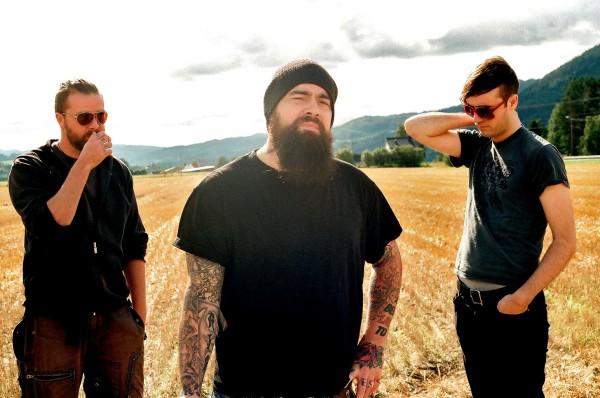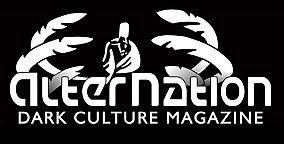Avant-Garde
Music that is thought to be highly innovative or ahead of its time. Avant-garde music necessarily pushes the boundaries of what is acceptable as "music" to specialists as well as to the population at large. Historically speaking, musicologists primarily use the term "avant-garde music" for the radical, post-1945 tendencies Modernism in several genres of art music after the death of Anton Webern in 1945. In the 1950s the term was mostly associated with serial music. Today the term may be used to refer to any other post-1945 trend of Modernist music not definable as experimental music, and is most frequently characterized by the rejection of tonality.
Avant-garde can refer to radical or innovative classical music, psychedelia and neo-psychedelia, noise, jazz, electronic music, or music that is simply unclassifiable.
Serialism is a method or technique of composition (Griffiths 2001, 116) that uses a series of values to manipulate different musical elements. Serialism began primarily with Arnold Schönberg's twelve-tone technique, though his contemporaries were also working to establish serialism as one example of post-tonal thinking (Whittall 2008, 1). The twelve-tone technique orders the 12 notes of the chromatic scale, forming a row or series and providing a unifying basis for a composition's melody, harmony, structural progressions, and variations. Other types of serialism also work with sets, collections of objects, but not necessarily with fixed-order series, and extend the technique to other musical dimensions or "parameters" such as duration, dynamics, and timbre. This is often called integral serialism or total serialism.
Composers such as Arnold Schönberg, Anton Webern, Alban Berg, Karlheinz Stockhausen, Pierre Boulez, Luigi Nono, Milton Babbitt, and Jean Barraqué used serial techniques of one sort or another in much of their music. Other composers such as Béla Bartók, Luciano Berio, Benjamin Britten, Aaron Copland, Olivier Messiaen, Arvo Pärt, Walter Piston, Alfred Schnittke, Dmitri Shostakovich, Igor Stravinsky, and even some jazz composers such as Yusef Lateef and Bill Evans used serial techniques in only some of their compositions or sections of compositions.
Aleatoric music (also aleatory or chance music) is music in which some element of the composition is left to chance, and/or some primary element of the composed work's realization is left to the determination of its performer(s). The term is most often associated with procedures in which the chance element involves a relatively limited number of possibilities. The term became known to European composers through lectures by acoustician Werner Meyer-Eppler at Darmstadt International Summer Courses for New Music in the beginning of the 1950s. According to his definition, "a process is said to be aleatoric [...] if its course is determined in general but depends on chance in detail" (Meyer-Eppler 1957, 55).
Indeterminacy in music, which was first used early in the twentieth century in the music of Charles Ives, and in the 1930s by Henry Cowell and his student John Cage beginning in 1951 (Griffiths 2001), came to refer to (mostly American) music composed by a group of composers that grew up around Cage. This group included members of the so-called New York School: Earle Brown, Morton Feldman and Christian Wolff. Others working in this way included the Scratch Orchestra in the United Kingdom (1968 until the early 1970s) and the Japanese composer Toshi Ichiyanagi (born 1933).
Surrealist music uses unexpected juxtapositions, automaticism, and other surrealist techniques. Discussing Theodor Adorno, Max Paddison (1993, 90) defines surrealist music as that which "juxtaposes its historically devalued fragments in a montage-like manner which enables them to yield up new meanings within a new aesthetic unity," though Lloyd Whitesell says this is Paddison's gloss of the term (Whitesell 2004, 118). Anne LeBaron (2002, 27) cites automatism, including improvisation, and collage as the primary techniques of musical surrealism. According to Whitesell, Paddison quotes Adorno's 1930 essay "Reaktion und Fortschritt" as saying "Insofar as surrealist composing makes use of devalued means, it uses these as devalued means, and wins its form from the 'scandal' produced when the dead suddenly spring up among the living" (Whitesell 2004, 107 and 118n18).
Artists belong to the genre
 |
Ulver |
Country: Norwegia / Norway / Date of establishing : 1993 |
Pages:
1
1
